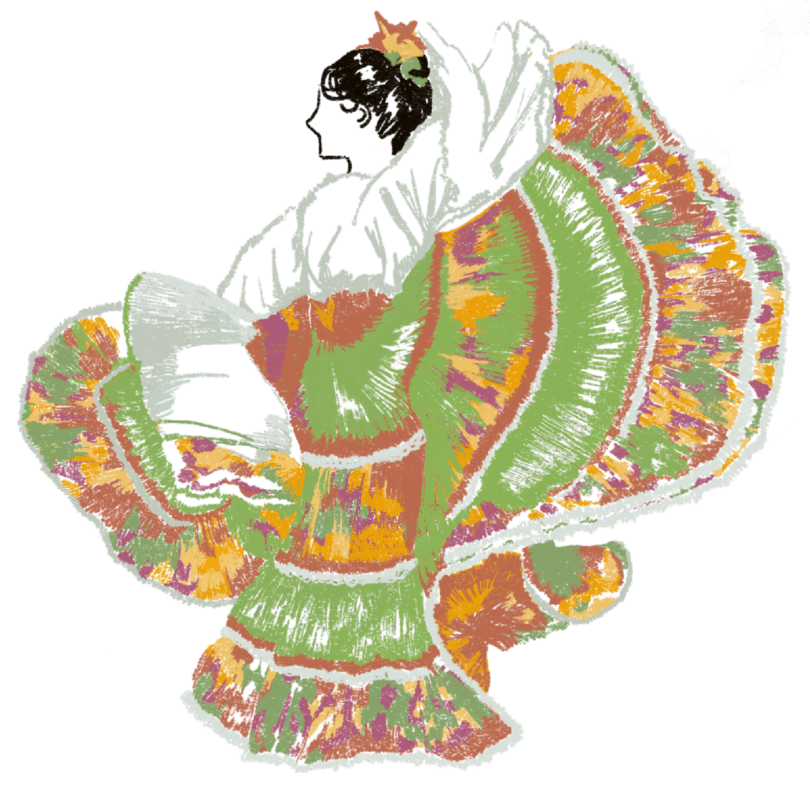Mexican Americans Most Active in U.S.
By: HealthDay New/ New America Media
Mexican Americans are the most likely to meet national health goals for physical activity, according to a new study that challenges previous research that found that whites tended to be the most physically active.
Researchers at the University of Chicago and Arizona State University analyzed data collected from 10,000 people in the National Health and Nutrition Examination Survey. Each of the participants wore an electronic device that recorded their activity levels.
Nearly 27 percent of Mexican Americans achieved a national goal of getting at least 30 minutes of moderate activity five days a week, or vigorous activity for 20 minutes at least three days a week. The exercise goal was met by 20 percent of whites and 15 percent of blacks.
The findings were published online Feb. 11 in the American Journal of Public Health.
Previous studies based on participants’ self-reports found that this physical activity target was achieved by 36 percent of whites and 25 percent of blacks and Mexican Americans.
“Those self-reported findings attributing higher activity levels in non-Hispanic whites show that people are likely to have difficulty estimating their activity levels,” study author Sandra Ham, a graduate student at the University of Chicago, said in a news release. “Surveys obtain information that is easy to report — how much time people block out of their daily schedules for physical activity — and that often includes warm-up and rest periods, whereas the monitors measured the actual time being active.”
Ham noted that many Mexican Americans and other Hispanics may not report all their physical activity on surveys because they often have manual labor jobs and most surveys don’t ask about physical activity at work. In addition, they may walk and use public transit more often than other groups because they have a low rate of car ownership.
“The underreporting is so remarkable that by understanding it, we can change how we think about disparities across racial and ethnic groups and among people with different education and economic backgrounds,” Ham said.
She added that the finding “may help explain the Hispanic paradox — the puzzling findings of many studies that show Hispanics enjoy better health outcomes than other U.S. adults with the same low socioeconomic status.”
Ham’s report is based on research conducted while she was working with the U.S. Centers for Disease Control and Prevention.








Leave a Reply
Want to join the discussion?Feel free to contribute!